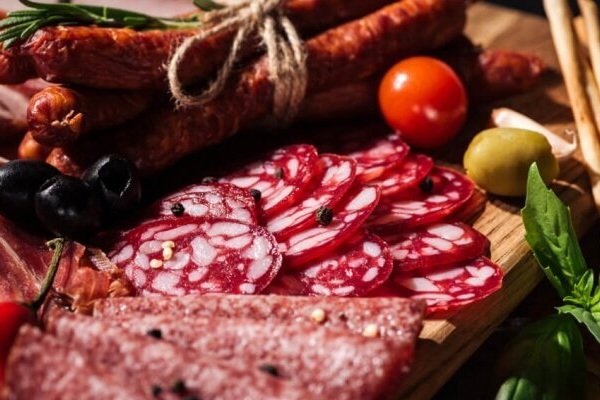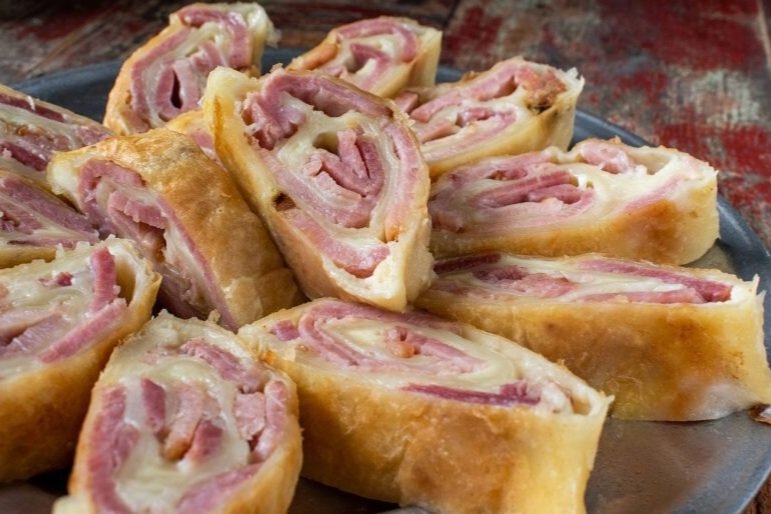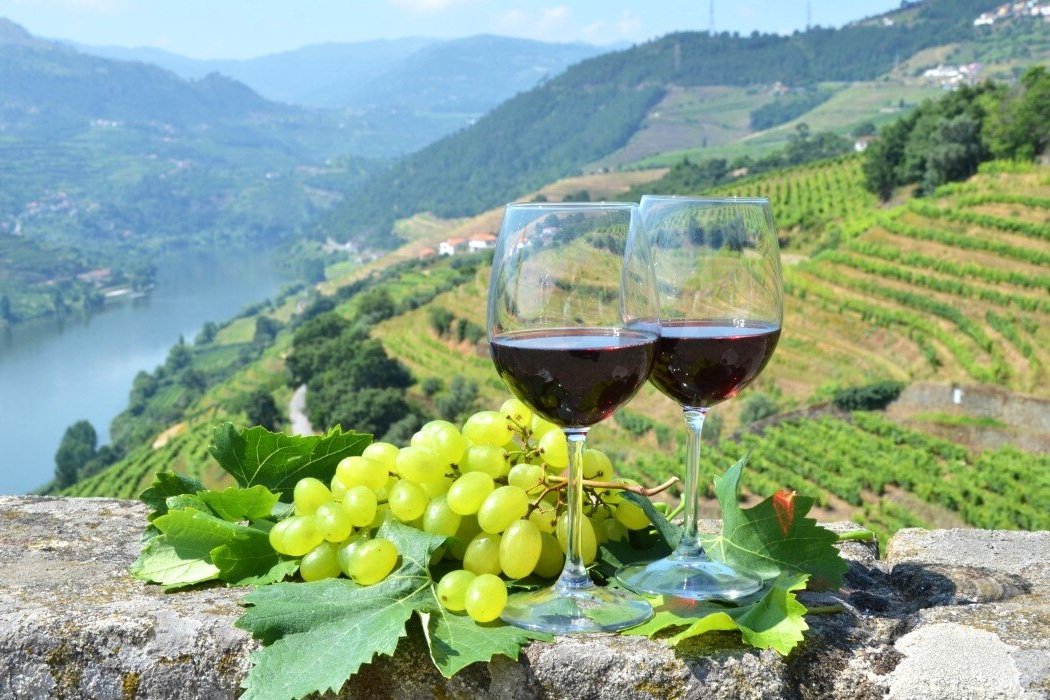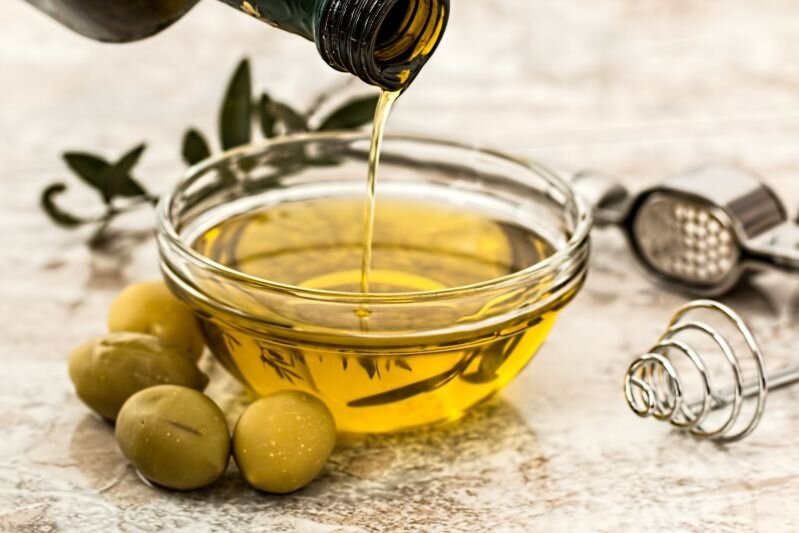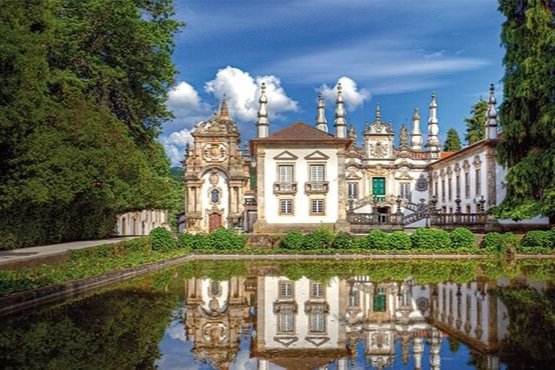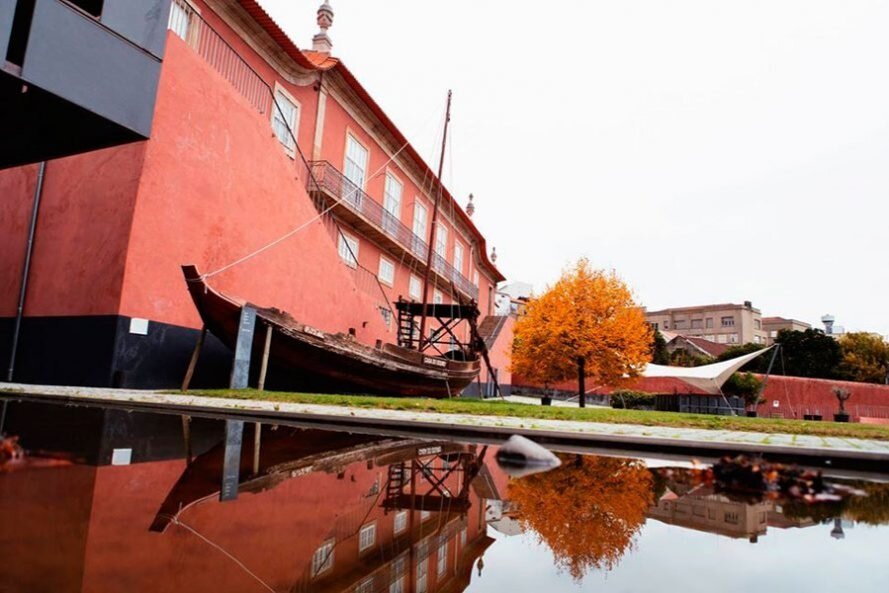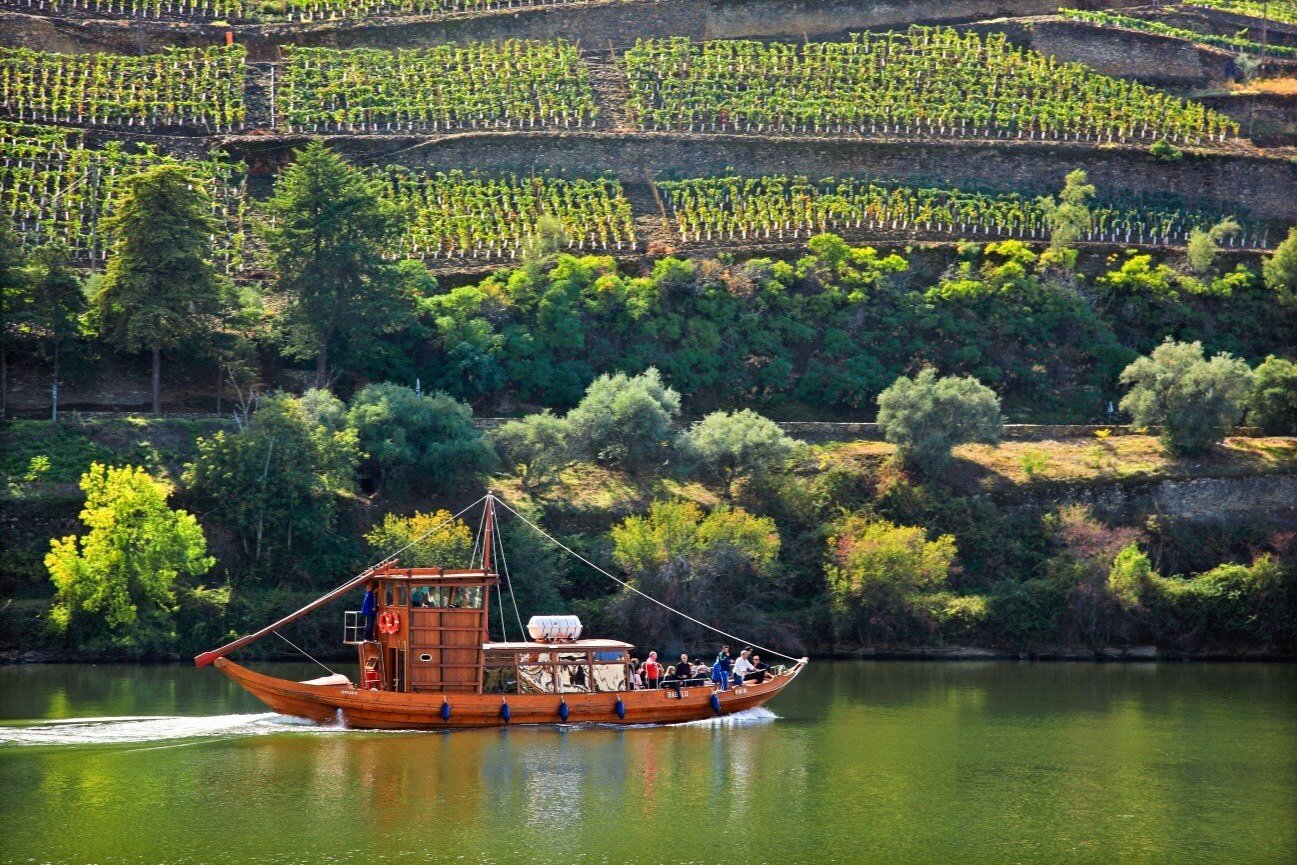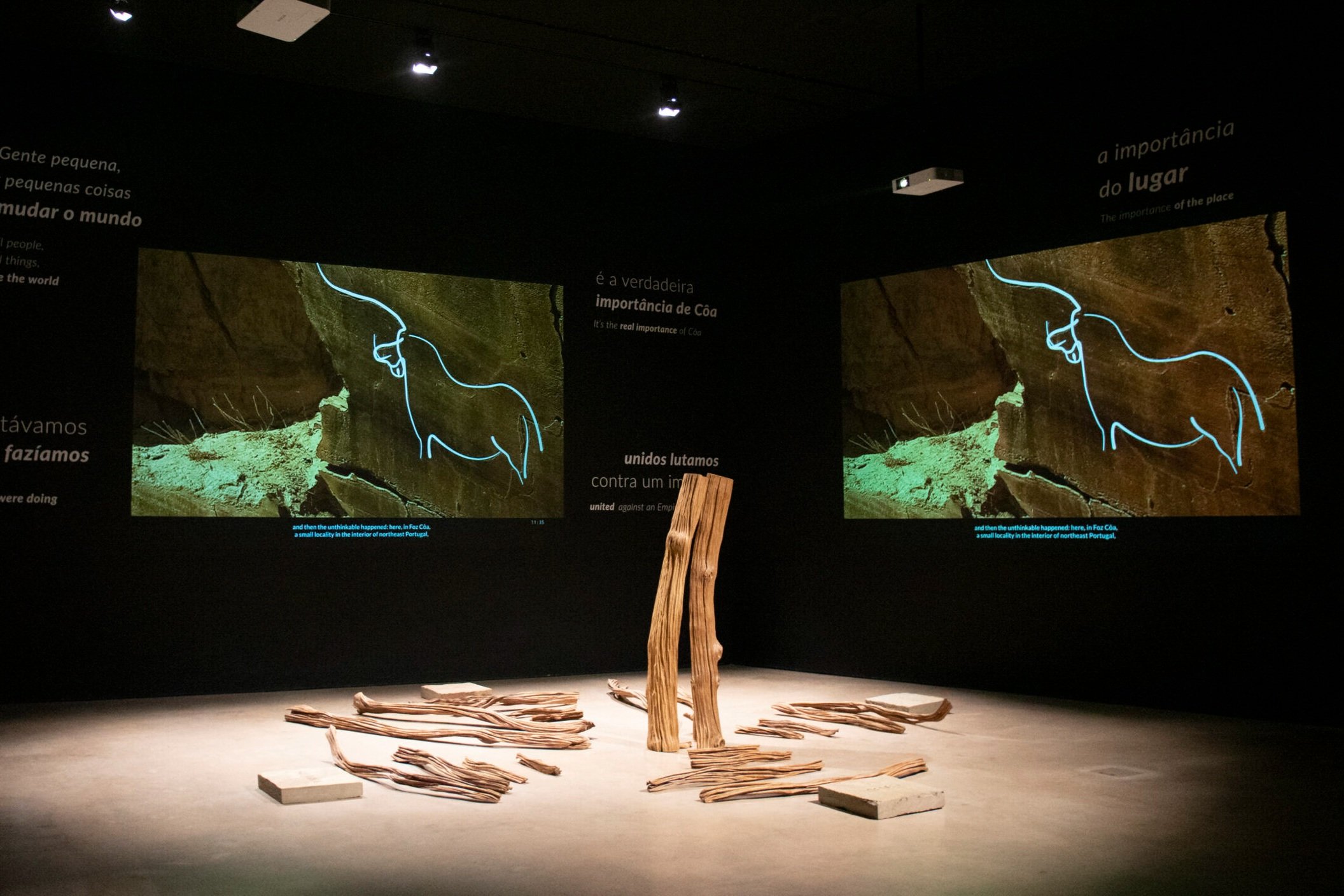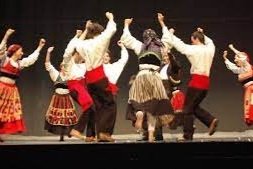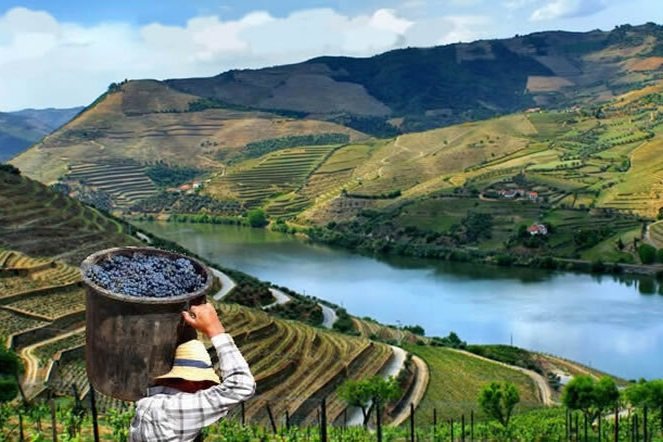Douro
Douro River is the largest river in the Iberian Peninsula. The Douro region is classified as a UNESCO World Heritage Site and is the oldest demarcated region of protected wines (DOP) in the world.
Whether by road, train, cruise ship or even by helicopter, there are several ways to discover this cultural landscape.
While enjoying the river tour, you can take this opportunity to stop at several villages with rich and historic monuments such as Peso da Régua, Lamego and Foz Côa, and experience the fantastic and traditional cuisine that the Douro has to offer.
Taste
Douro cuisine is described as tasty, comforting and intense with unique characteristics as it favors the use of locally produced foods such as fish, meat, vegetables and fruit, making the diet healthier and with an enriched flavor.
Douro sausages, a variety of meaty sausages ideally consumed with local bread, and Bôla, originally from Lamego, famous for being a delicious bread filled mostly with meat, but with variations with cod or even sardines. Both are normally consumed as an afternoon snack, as an aperitif or even on a picnic.
Smell
Wine and olive oil, two fruits that give us products with delicious and distinct flavors to accompany our meals, one to add to food during preparation and the other to complement dishes during meals.
From white to red, rosé, and the fortified wines, wine production is what most characterizes the region. We can find about 30 different types of grapes, which provides us with numerous options for wines with a high quality selection. The numerous varieties of olives that can be found in the area, combined with the microclimate of the region, make it a unique, tasty and differentiating oil.
See
Throughout the Douro region, you can discover heritage and culture in picturesque villages and monuments such as Mateus Palace, the birthplace of the internationally famous Mateus Rosé wine. The palace includes the manor house, the cellar and the
chapel, built with baroque architecture. To get to know the Douro region better, you can visit the Douro Museum and see the vast heritage, history, development, identity and culture over the centuries with material and immaterial objects.
Touch
Get in touch with our ancestors through rock art made in Pre-History, Proto-History and History, including the most important collection of open-air Paleolithic figures now known at the Museum and Archaeological Park of Vale do Côa. As the name implies, it has the museum in a modern building made to resemble a large outcrop seen from afar and the park with about 200km2 filled with 80 sites with rock art and about 1200 engraved outcrops.
Another statement piece that resonates through time is the Rabelo Boat, a unique type of boat used exclusively on the Douro River to transport people and goods for centuries. Although it is no longer used, you can still find it next to the river and in the Douro Museum.
Listen
Whether speaking or singing, voice or instrument, get to know the sounds that echo through the river and mountains of the Douro region.
Listen to the fantastic stories, traditions, history and culture told by the locals, learn about wine production from the winemakers and dare to dance to the sound of Chula, a type of folk music and dance originating in this region.
Additional Information:
Nearest Airport: Francisco Sá Carneiro Airport (Porto)
Estimated travel time around the region: from 1h30 to 2h30
Recommendation of other regions to visit: North - Travel time from 1h40 to 3h15
Porto - Travel time from 1h10 to 2h40
Downtown - Travel time from 44 minutes to 3h40



